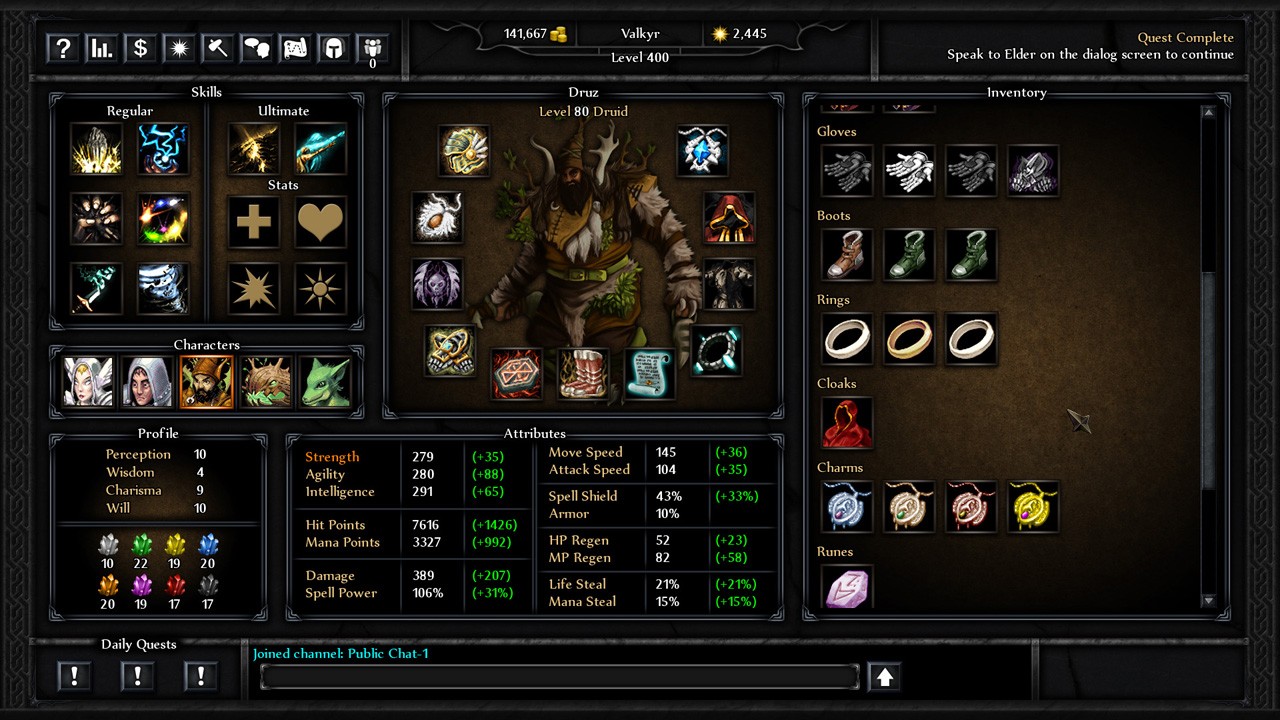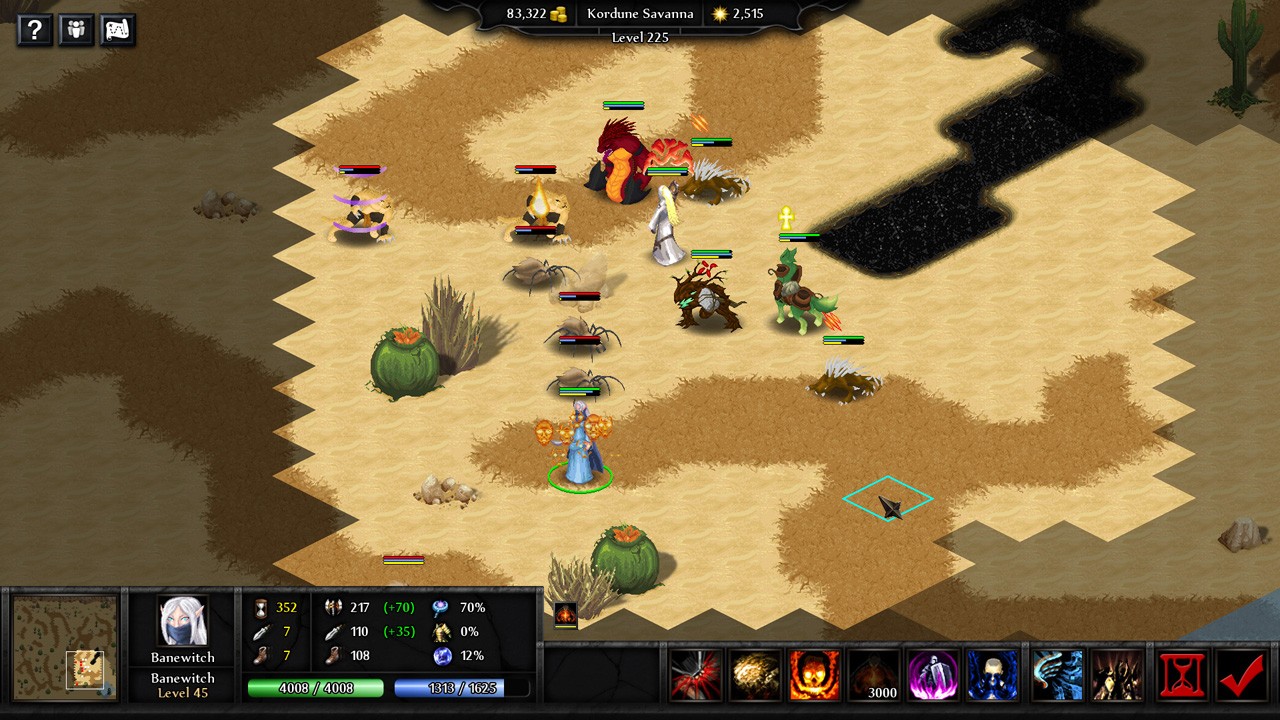
Co-Optimus: How does free-to-play work in your title? Are most of the purchases players can make cosmetic, or do players have to pay to progress beyond a certain point?
Jesse: There is nothing in this game I have spent more time debating and scrutinizing than the pay system. I hope I’ve landed on something reasonable that balances fairness for free players while still giving value to paying customers.
So basically, all the levels and difficulties are unlocked and no areas are restricted to paying users or anything. There are no time limits or “energy” or anything like that, you can play as much as you want. You’re also not going to hit any hidden paywalls or grindwalls or anything. I’ve played through the game many, many times, on all difficulties, defeated many high level PvPers, and never bought any virtual currency. In the web version, many of the top players on the ladder, in PvP, co-op, tournament winners and so forth, have also never spent a dime on the game.
The way it works is that you can earn the virtual currency through regular play by killing monsters, completing daily quests, unlocking achievements, or defeating the level challenges. Of course, you can also optionally buy it with real money. The most commonly purchased items are different immortals. There’s a variety unlocked at the start, enough to form a full party of course, and the locked ones are all balanced equally with the ones that are unlocked. This setup is similar to League of Legends.
The other main category is random packs of gear. Like Hearthstone, you can’t just buy a specific item that you want. It’s always random packs of items using the same currency you earn from playing, and of course items are also dropped through regular play by defeating monsters.
By keeping the pay currency the same as currency earned in game, we enforce that paying players are limited to merely unlocking more options faster, rather than having strict advantages over free players. We also wanted to be sure that active free players weren’t spending months grinding levels and struggling to even unlock a single new immortal. I think the pace is reasonable and there are many avenues to earn the currency for different types of players, whether you like PvP, co-op, the campaign, or hunting for achievements.

Co-Optimus: Do you feel that there’s a greater benefit being an indie game studio and offering a free-to-play game that allows players to, more or less, pay what they want as opposed to offering a full title at $10 or $15?
Jesse: I think there’s absolutely room for both, and choosing your pay model depends mostly on the type of game. When it comes to a heavily multiplayer game like Immortal Empire, whether you’re indie or not, free-to-play is always going to give you a larger population, which is very important.
Co-Optimus: Once the title does hit Steam, what’s next? Continued support and new content for Immortal Empire, or is there another game already in the works?
Jesse: Indeed – the plan is to continue to update Immortal as it grows on Steam, and yes in fact we do have another big game in the works. Though the next game is single player, so probably nothing Co-optimus would report on.
Co-Optimus: Finally, what are some of your favorite co-op games? Were there any games, outside of the obvious choice of Diablo, that influenced Immortal Empire’s design at all?
Jesse: Some favourite co-op games... Wizball, Mario, Civilization, anything team based like Starcraft, DOTA. Castle Crashers, and most recently I had a blast playing Towerfall Ascension. For other influencing games on Immortal Empire’s design, certainly DOTA helped influence the immortals and their abilities, the Baldur's Gate franchise helped with some of the combat feel, many games for the dialog system (though, originally I was picturing Star Control 2), and of course X-Com for the feel of the tile-based movement with the time units.
We'd like to thank Jesse for taking the time to speak with us and answer our questions. Immortal Empire will be arriving on Steam soon.